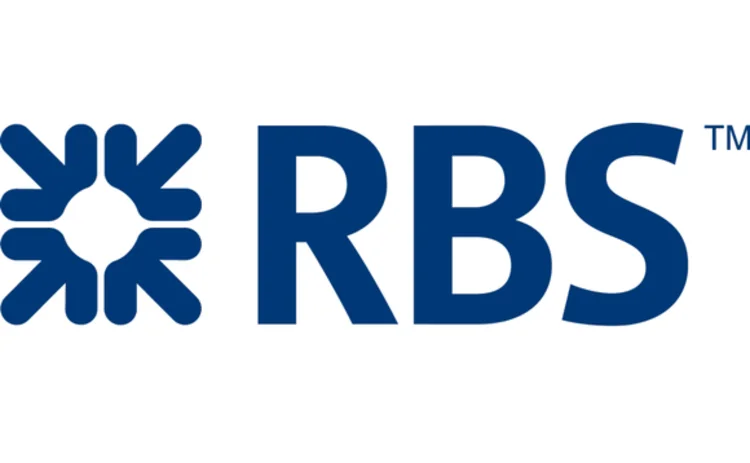
Sponsored feature: RBS

While European insurers prepare for Solvency II, current insurance regulations in Germany give rise to a more immediate issue. Insurers there are facing large increases over the next few years to the reserves they must set aside to support existing contracts with high guarantees.
The guaranteed rate for German life insurance contracts is currently 1.75%, but has been as high as 4% over the last 12 years. Typically, the reserves for a contract are calculated by discounting the expected cashflows at the guaranteed rate.
However, accounting rules require German insurers to hold an additional reserve, the Zinszusatzreserve (ZZR), if the reference rate for expected asset returns drops below the contract guarantee level. The reference rate is the rolling 10-year average of the European Central Bank (ECB) AAA 10-year rate. In 2011, this average fell below 4% (see figure 1), forcing insurers to hold additional reserves for the first time for the next 15 years of cashflows.
With the current ECB AAA 10-year rate at 1.99%, the reference rate average will continue to decline in the coming years unless interest rates increase rapidly. In 2011, it sat at 3.92% and fell to 3.64% in 2012. German insurers need to negate the income statement impact of future ZZR increases, while preserving a competitive book yield on their asset portfolio.
Two solution types
RBS has helped German insurance clients by using scenario analysis of the development of the reference rate (figure 1) to structure two types of solution:
Solution 1. Buy in-the-money downside rate protection
Solution 2. Utilise unrealised gains in the asset portfolio to fund protection against interest rate rises.
Solution 1 involves buying downside protection through constant maturity swap floors/receiver swaptions embedded in a fixed-income instrument, to be held at book value. However, the hedging cost would significantly reduce the book yield and the hedging size would be extremely large.
Under Solution 2, unrealised gains are monetised by selling and repurchasing assets that are trading above their book value. Payer swaption spreads protect unrealised gains against rate increases up to the level where the reference rate begins to increase. Using spread strategies cheapens the hedging cost relative to standard payer swaptions.
Reduction across scenarios
When the asset portfolio duration is shorter than the liabilities, the unrealised gains may be exhausted after several years, requiring receiver swaptions or swaption spreads to protect against further rate falls. We again assume these derivatives are placed in an accounting wrapper to reduce income statement volatility. Figure 2 shows how the ZZR requirement reduces across a range of scenarios by using unrealised gains and a combination of payer spreads and receiver spreads. This solution allows insurers more flexibility to monetise the exact quantity of unrealised gains necessary, has less impact on the book yield and provides more opportunity for subsequent book yield recovery.
Read/download the article in PDF format
Sponsored content
Copyright Infopro Digital Limited. All rights reserved.
As outlined in our terms and conditions, https://www.infopro-digital.com/terms-and-conditions/subscriptions/ (point 2.4), printing is limited to a single copy.
If you would like to purchase additional rights please email info@risk.net
Copyright Infopro Digital Limited. All rights reserved.
You may share this content using our article tools. As outlined in our terms and conditions, https://www.infopro-digital.com/terms-and-conditions/subscriptions/ (clause 2.4), an Authorised User may only make one copy of the materials for their own personal use. You must also comply with the restrictions in clause 2.5.
If you would like to purchase additional rights please email info@risk.net